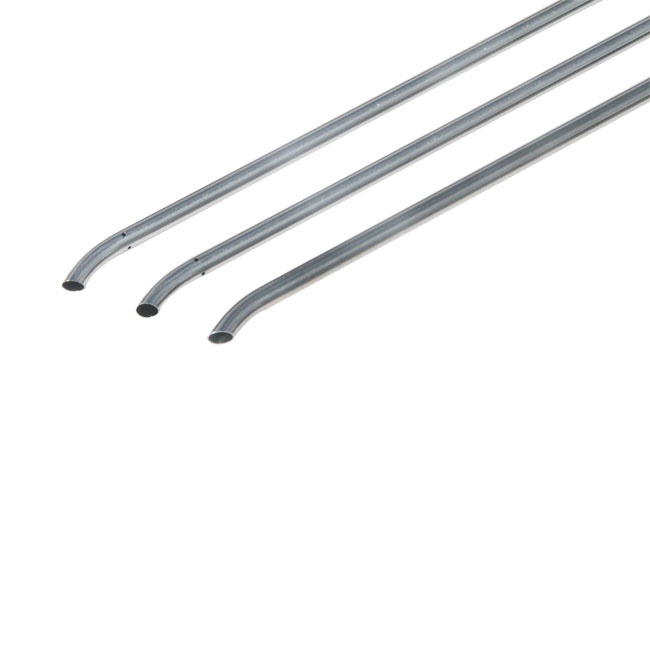 sinowares
sinowares  August 21,2025
August 21,2025
When we further process the stainless steel, we will do some processing on the stainless steel pipe. The process we commonly use is passivation. So why do you passivate stainless steel and what does it do to passivate stainless steel? Below Sinowares answers the stainless steel tube passivation for you:
(1) Improve the thermodynamic stability of stainless steel in environmental media. The passivated stainless steel is in a positive position in the metal potential sequence, that is, close to the noble metal, and the chemical property is stable, while the unpassivated stainless steel is in an activated state, at a position where the potential is relatively negative, and is similar to ordinary steel.
(2) Prevent local corrosion of stainless steel. Generally, various corrosion phenomena easily caused by stainless steel, including pitting corrosion, intergranular corrosion, wear corrosion and corrosion fatigue, are related to the surface state. Passivation can eliminate the origin of each corrosion and make the potential of the critical point corrosion positive.

(3) Passivation gives the stainless steel surface sufficient cleanliness. Passivation can remove metal contaminants from the surface layer of stainless steel, as well as impurities embedded in stainless steel, such as copper, zinc, cadmium, lead, and low-melting metals, free iron, so that the surface contains chromium and nickel enriched and stabilized. The contamination of these metals is prone to corrosion damage in stainless steel.
(4) Elimination of hot working oxides on stainless steel surfaces. The use of a nitric acid solution containing hydrofluoric acid in the passivation process has the effect of etching the oxide and passivating the surface.
(5) Passivation treatment As a post-treatment, stainless steel is required to have various pretreatments. Passivation treatment is carried out after sandblasting, shot peening, electrochemical polishing and chemical polishing to improve the surface state of the stainless steel.